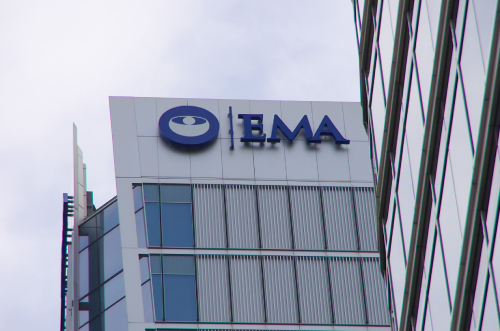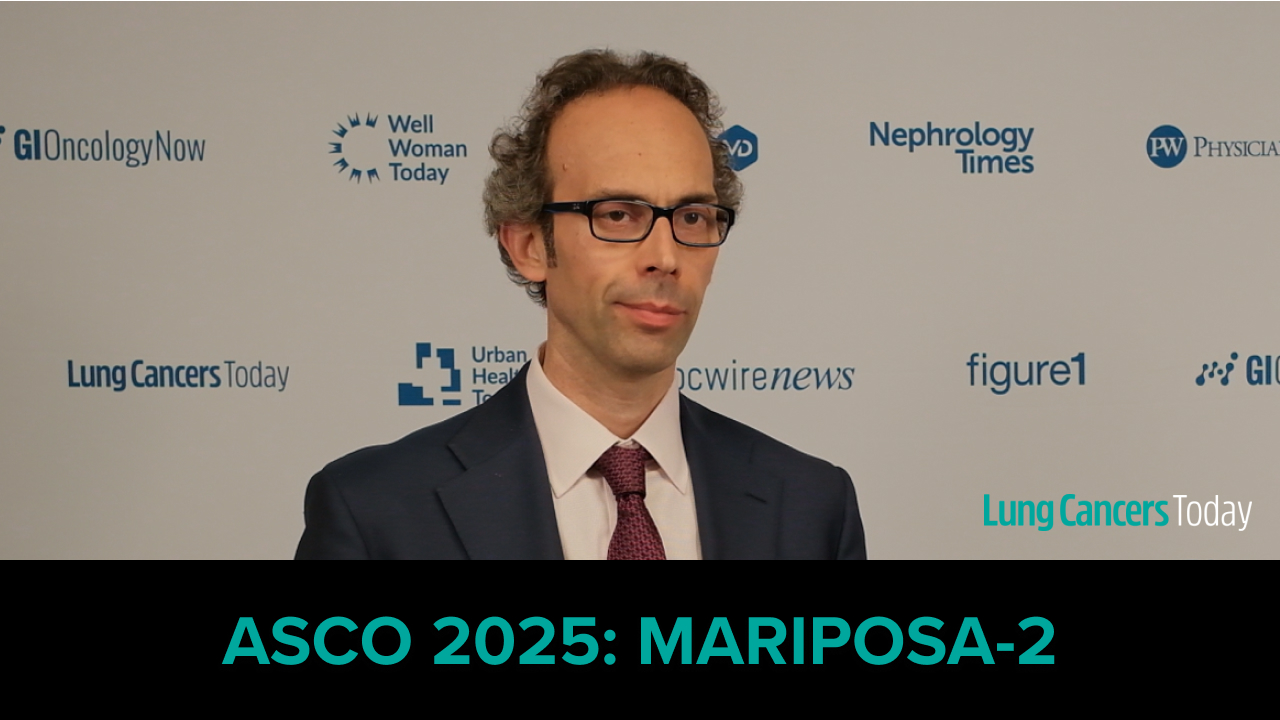
The Committee for Medicinal Products for Human Use (CHMP) of the European Medicines Agency (EMA) has recommended an extension of the marketing authorization for a subcutaneous formulation of amivantamab (Rybrevant) as a monotherapy and in combination with lazertinib (Lazcluze) for certain patients with non–small cell lung cancer (NSCLC), according to an announcement from Janssen-Cilag International NV, a Johnson & Johnson company.
The recommended extension of the marketing authorization is for the first-line treatment of adults with advanced NSCLC with EGFR exon 19 deletions or exon 21 L858R substitution mutations and as a monotherapy for the treatment of adult patients with advanced NSCLC with activating EGFR exon 20 insertion mutations after failure of platinum-based therapy.
For these indications, officials recommend that subcutaneous amivantamab be administered weekly from weeks one to four, then every two weeks, starting at week five.
The CHMP positive opinion is “supported by positive results” from the phase 3 PALOMA-3 study, which compared subcutaneous amivantamab with intravenous (IV) amivantamab, both in combination with lazertinib, for patients who had EGFR-mutated advanced or metastatic NSCLC after progression during osimertinib and platinum-based chemotherapy. The trial evaluated the noninferiority of pharmacokinetics with the subcutaneous formulation, as well as the efficacy and safety.
The phase 3 PALOMA-3 study showed that subcutaneous amivantamab was noninferior to IV amivantamab and met both co-primary pharmacokinetic endpoints, as measured by amivantamab levels in the blood, officials said. With a median follow-up up seven months, the overall response rate was 30% among patients receiving subcutaneous amivantamab and 33% among those receiving IV amivantamab (relative risk, 0.92; 95% CI, 0.70-1.23; P=.001). In addition, the administration time for the subcutaneous formulation “was reduced to approximately five minutes compared to around five hours for the first IV amivantamab infusion (across two days) and showed a five-fold reduction in infusion-related reactions,” officials said.
Silvia Novello, MD, PhD, professor of medical oncology in the Oncology Department at San Luigi Hospital in Orbassano and the University of Turin in Italy, weighed in on the regulatory action in a statement.
“The subcutaneous formulation of amivantamab offers an improved treatment experience for patients, reducing administration time from hours to minutes and substantially lowering rates of infusion-related reactions compared to the currently approved intravenous therapy,” Dr. Novello said in a statement. “This positive CHMP opinion is a welcome milestone in the treatment of EGFR-mutated NSCLC, with the ability to make a meaningful difference in clinical practice and provide patients with more time to spend with their loved ones and to focus on what matters most to them.”
The rate of infusion-related reactions (IRRs) was 13% among those receiving the subcutaneous formulation, compared with 66% among those receiving the IV formulation. All IRRs were grades 1 and 2, except a grade 3 IRR that occurred in one patient receiving the subcutaneous formulation. In addition, prophylactic anticoagulation “was used in most patients in the PALOMA-3 study,” officials said, noting that these patients had lower rates of venous thromboembolism (10%) than those without prophylaxis (21%). The incidence of venous thromboembolism was also lower in patients receiving the subcutaneous formulation (9%) than the IV formulation (14%), regardless of anticoagulation status. The risk of severe bleeding “was low” among patients receiving anticoagulants in the subcutaneous (2%) and IV (0.6%) arms, according to the announcement.
“Otherwise, the overall safety profile of SC [subcutaneous] amivantamab is consistent with the known profile of IV administration,” officials said in the announcement. “Of the all-grade adverse events that occurred in ≥20 percent of patients, for SC amivantamab compared to IV, the most common were paronychia (54 percent vs 51 percent), hypoalbuminemia (47 percent vs 37 percent) and rash (46 percent vs 43 percent), respectively.”
Source: Johnson & Johnson







 © 2025 Mashup Media, LLC, a Formedics Property. All Rights Reserved.
© 2025 Mashup Media, LLC, a Formedics Property. All Rights Reserved.